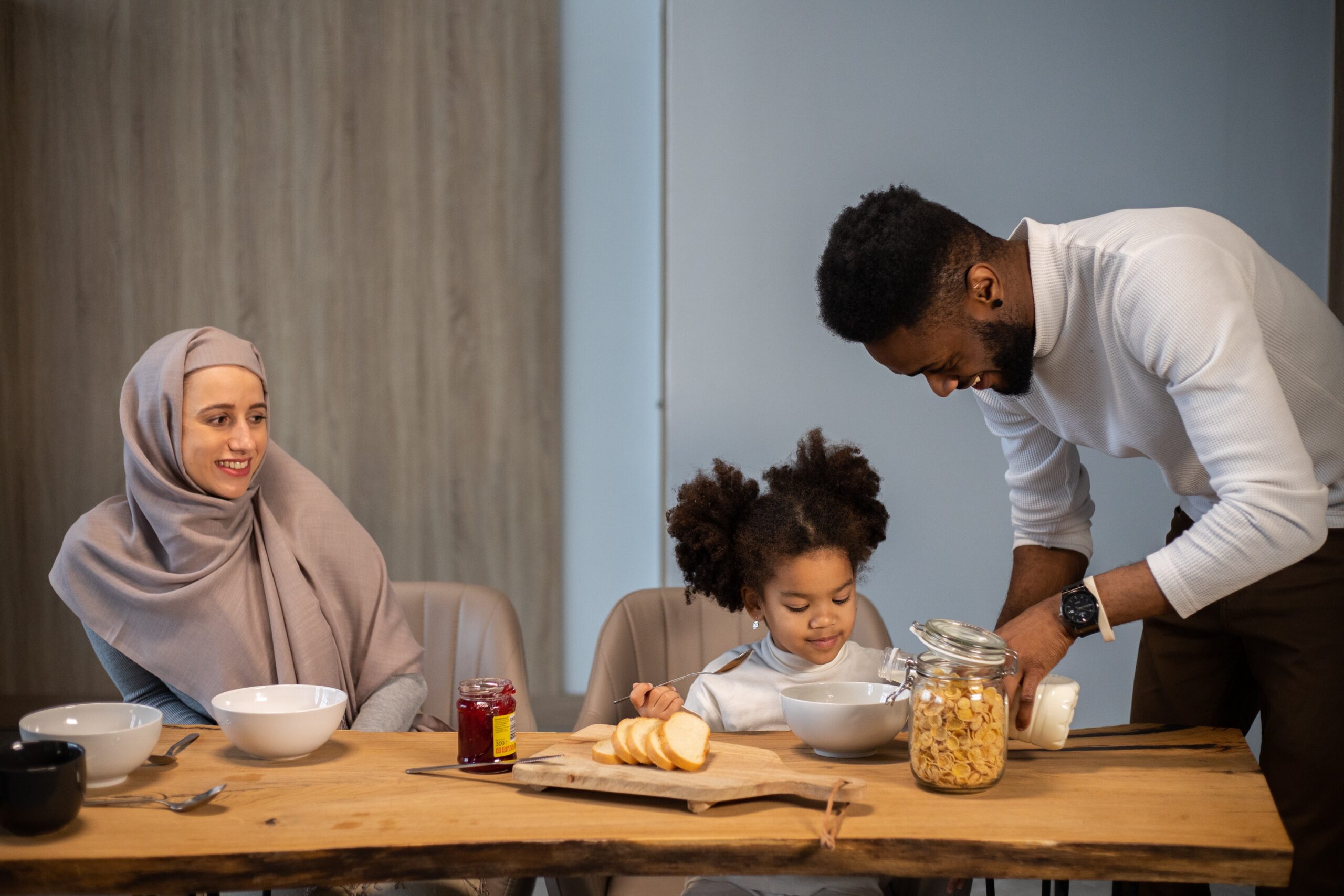
If you and your spouse are considering divorce and you’re able and willing to work together, you may want to consider a collaborative divorce as an alternative to a traditional divorce. This process is often a more cost-effective and less stressful way to get divorced, but it’s not right for every couple, even those who are amicable.
This article discusses the benefits of collaborative divorce and looks at how the process can help reduce costs, save time and improve the overall well-being of all involved.
What is collaborative divorce?
Collaborative divorce is an alternative dispute resolution (ADR) process that allows couples to reach agreements about property division, child custody and other issues involved in a divorce without involving the court. Instead, collaborative divorce utilizes a team of professionals—such as attorneys, negotiators and specialists—to assist the couple in negotiating a mutually beneficial settlement. The collaborative divorce process can be less hostile, time-consuming and expensive than a traditional divorce.
The couple commits to working together in good faith throughout the process, and they agree not to go to court. This means that both spouses must be honest and willing to negotiate with the other in order to reach an agreement. If one party decides to end the process and go to court, both attorneys must withdraw from the case.


Get the right lawyer for your divorce
Schedule a free 15-min call with our team today
The collaborative divorce process
The collaborative divorce process usually involves attorneys, mental health professionals, financial advisors and often negotiators who help facilitate the conversations. Discussions address all issues of the divorce, such as the division of marital assets and property, child custody, parenting plans for children and financial support obligations. The professionals work together to help the couple reach an acceptable resolution to their issues.
To begin, all parties sign an agreement to enter the process. This agreement specifies the commitment of all parties to the process and that the divorce will be settled without litigation.
Then each party selects their own lawyer, who assists their client in understanding the legal aspects of their divorce as well as helping them understand the financial implications of their divorce. The lawyers also work together to create a safe environment in which both parties can have an open dialogue and make decisions in a collaborative way.
Next, the lawyers facilitate negotiations between the parties to reach an agreement on the issues of the divorce. During these conversations, the parties may decide to involve other professionals such as accountants or mental health counselors to help them navigate the issues.
Once an agreement is reached and both parties are satisfied, the lawyers draft a separation agreement that reflects the terms agreed upon by the parties. Both parties review and sign the agreement, which is then presented to a judge to be finalized. At that time, the agreement is legally binding and the divorce is official.
The length of the collaborative divorce process can vary depending on the complexity of the divorce. Generally, the process can take anywhere from a few weeks to several months.
The benefits of collaborative divorce
Collaborative divorce has become increasingly popular in the last decade, and for good reason. This type of process allows couples to separate amicably and quickly, and offers several other advantages.
Saves time
Because it relies on collaboration and communication between the parties, collaborative divorce avoids drawn-out court battles and lengthy legal proceedings. Collaborative divorce professionals are specifically trained to help couples quickly come to an agreement about the issues of the divorce, allowing them to finalize their divorce in months or sometimes in as little as a few weeks. This is typically less time than a contested divorce, which can take several months or more than a year to finalize.
Saves money
Since it doesn’t involve any court costs or filing fees, although each party hires a lawyer, couples who use collaborative divorce can avoid the high costs associated with the traditional courtroom. Because the process takes less time than a traditional divorce and attorneys typically charge by the hour, it’s less expensive overall.
Privacy
Since collaborative divorce takes place outside of a public courtroom, it won’t be documented in a public record like most court cases are. This often allows both spouses to feel more comfortable discussing issues that arise.
You get the chance to decide your divorce agreement
When couples choose to use the collaborative divorce process, they are empowered to determine the terms of their divorce agreement and achieve a resolution that best suits the needs of their family. In a traditional divorce with litigation, however, a judge makes the final decisions regarding the divorce agreement.
Typically less conflict
A traditional divorce can be adversarial, as the lawyers representing each party advocate for their respective client in court. In a collaborative divorce, the spouses work together to come to an agreement that works for both of them. The process is based on communication and cooperation, which typically lends to less conflict than in traditional divorce proceedings.
Better communication and understanding
Collaborative divorce can improve communication between the parties. This may be beneficial for couples with children in the long run, as it may make co-parenting after the divorce easier.
The drawbacks of collaborative divorce
While collaborative divorce has many benefits, there are some drawbacks to consider as well.
It’s not appropriate for everyone
One of the biggest drawbacks to collaborative divorce is that the parties must be willing to work together in order for the process to work well. If they aren’t able to effectively communicate or if they have a high level of conflict, the process may break down, and they may need to resort to traditional litigation.
Additionally, some issues, such as child custody or property division, can be difficult to address in a collaborative divorce setting due to the complexity of the law in some states. This means that even though the collaborative divorce process might be more time-efficient and less expensive, certain complicated matters may still need to be addressed and settled in court.
It may not work
There are no guarantees that collaborative divorce will lead to an agreement. If the process breaks down, each party must then obtain a new attorney who hasn’t been involved in the collaborative process and likely go to court. This can be costly and time-consuming, and can also negatively affect the relationship between the spouses.
In addition, the collaborative divorce process isn’t binding. That means the parties can’t be forced to reach an agreement, and any agreements are only legally binding once a court approves them. This can result in a failure of the collaborative divorce process, whereby the couple ends up divorcing in court.
Both parties must have representation
Both parties must have their own attorney who is trained in collaborative law in order for the process to work. Some people may be unable or unwilling to pay for representation.


Get the right lawyer for your divorce
Schedule a free 15-min call with our team today
Collaborative divorce vs. mediation
Collaborative divorce and mediation are both alternative dispute resolution (ADR) methods for resolving issues in a divorce. The primary difference between the two is that collaborative divorce involves both parties working with lawyers and other professionals, while mediation is led by a neutral third party who facilitates the negotiations.
Both collaborative divorce and mediation are typically faster, less expensive and less adversarial than traditional divorce litigation. However, collaborative divorce (as the name implies) has a more collaborative approach that focuses on cooperation and the well-being of the entire family. Mediation usually takes a more neutral position, facilitating the negotiation between the two parties.
Talking to a divorce attorney about collaborative divorce
There are several reasons why it can be beneficial to talk to an attorney about a collaborative divorce:
- Legal knowledge: An attorney trained in collaborative law has a thorough understanding of the process and the legal implications of any agreements that you reach. They can advise you on your legal rights and obligations and help you navigate the process.
- Experience with negotiations: An experienced collaborative divorce attorney has the skills and knowledge to negotiate effectively on your behalf.
- Advice on difficult issues: An attorney can provide guidance on the specific issues of your divorce, such as child custody and support, spousal support and property division.
- Representation in case the process breaks down: If collaborative divorce doesn’t succeed, you may need to consider traditional litigation. An attorney can advise you on your options.
- Protecting your interests: In a collaborative divorce process, both parties have their own attorney. This can prevent an imbalance of power, where one party may not have the same information or access to resources as the other. Your attorney will be your advocate and work to protect your interests.
- Familiarity with local laws and regulations: Collaborative law processes and regulations vary by state and even by county, so It’s important to consult with an attorney familiar with the specific laws and regulations in your area.
Not all attorneys are trained in collaborative law, so find one with experience and training in this area. Collaborative law attorneys have to undergo additional training and have a commitment to a set of principles that promote cooperation and honesty. A good collaborative lawyer should be able to guide you through the process, answer your questions and help you understand the potential benefits and drawbacks of this approach so you can make the best decision for you.
